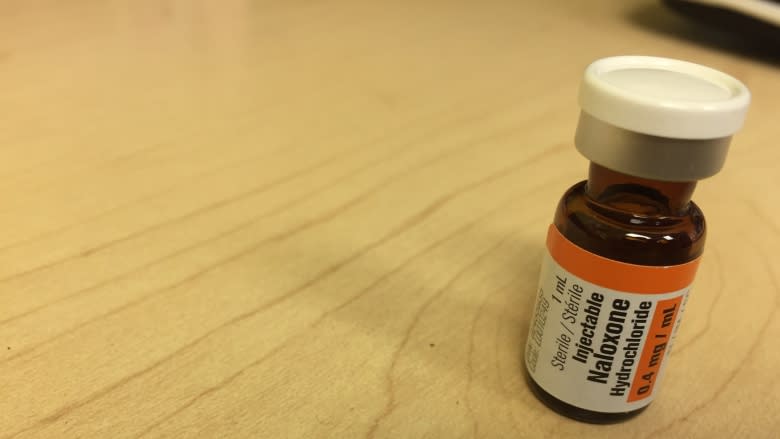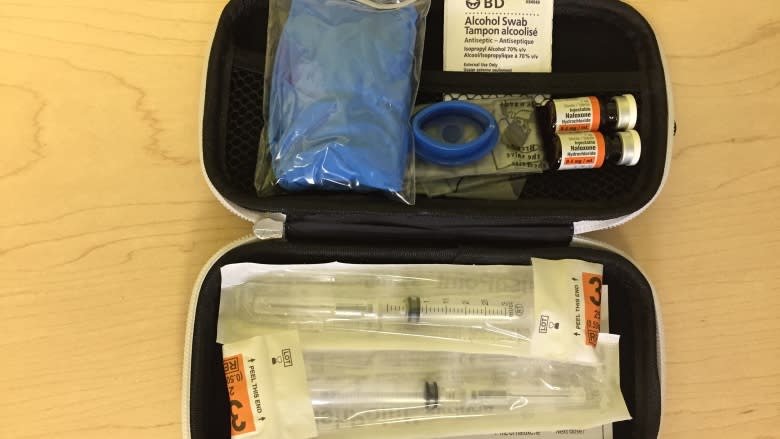Saint John police start Narcan training in anticipation of 'fentanyl crisis'
Saint John police will be trained in how to use naloxone, a drug that can save the lives of people overdosing on opioids such as fentanyl.
Chief John Bates says he wants Saint John to be ready for a problem that has turned into a crisis in other centres.
The force has ordered naloxone kits and arranged for some officers and civilian employees to get online instruction in administering the medication.
- New Brunswick 'totally unprepared' for fentanyl crisis, critic says
- New drug on streets of Moncton mixes cocaine and fentanyl
"Our initial rollout will be to members of the force, including some civilians, that would be more likely to, due to the course of their duties, encounter undetected fentanyl," said Bates.
"Whether they be identification officers, drug investigation officers, even our folks that work in property and control, and it could be on an object that they're handling."
Antidote to all opiates
Naloxone, which is sold under the brand name Narcan, is effective is reversing effects of all opiates, including fentanyl, morphine and dilaudid.
At least 2,458 Canadians died of an opiate overdose in 2016, according to the Public Health Agency of Canada.
Fentanyl can pose a threat to not just drug users but also to those who accidentally touch it. This was the case in May when an Ohio police officer overdosed on the drug after touching some of the powder on his shirt.
Bates said the force wants to protect its officers, who face an increasing risk of exposure to drugs such as fentanyl as it reaches the streets of Saint John.
"I think as an employer, and particularly as an employer of first responders, it's incumbent on us to make available either protective equipment or medicine to protect our employees," he said. "That's our responsibility as an employer."
Bates will represent New Brunswick police chiefs on the newly formed Interdepartmental Illicit Fentanyl Preparedness Task Force, a project set up to prepare the province for an influx of the opiate.
The task force, which has not yet met, will try to "come up with a best plan, and a New Brunswick-centric solution to this emerging fentanyl crisis," Bates said.
At least 3 dealers in city
Diane Kerns, a needle distribution coordinator for AIDS Saint John, said the training program is a win for police and the community.
"We're really excited that they're moving forward with that," Kerns said. "Of course, we would have liked it sooner but we're happy it's happening now and it can only have positive results for our community."
Kerns said AIDS Saint John is aware of three fentanyl dealers in the city who are selling pharmaceutical-grade versions of the drug, meaning in a prescription form, as opposed to the non-prescription versions flooding British Columbia and other provinces.
That doesn't mean more dangerous versions of the drug won't come to the city in the future, she said.
"Little old Saint John, we try to be really proactive in our approach … Fentanyl is not present here like it is in other parts of the country yet. But it is coming."
Bates agreed on the need to be prepared.
"The fentanyl crisis is dynamic," he said. "It is continuing to unfold and certainly there are regions of the country that I would term it as a crisis.
"We haven't seen it so much here in New Brunswick, but we don't want to be standing around here with our heads in the sand."



